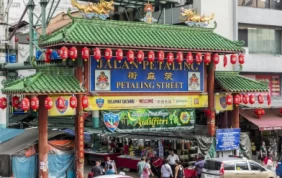Destination News
15/10-2025
HOW TO GET AROUND VIETNAM: TRANSPORTATION OPTIONS & TIPS
Vietnam is an amazing country to explore — full of busy cities, peaceful villages, beautiful beaches, and green mountains. But with so many ways to travel, it can be confusing to know what’s best. Here's a simple guide to help you figure out how to get around Vietnam easily and safely.
1. Motorbike – Freedom on Two Wheels
If you can ride a scooter, do it. It’s the most common way to get around, not just for tourists but for locals too. Cities, small towns, coastlines, mountains — people ride everywhere.
Why it’s awesome:
-
It’s cheap (like $5 to $10 USD/day — weekly rentals are even less)
-
You can go at your own pace, stop for food, take scenic detours
-
Some routes are legendary — like the Hai Van Pass near Da Nang (highly recommend!)
What to keep in mind:
-
Traffic is chaotic in cities. Think of it like organized chaos — just follow the flow.
-
Always wear a helmet (it’s not just smart, it’s the law).
-
Try to have an international driving permit. Some police do stop tourists.
-
If you’ve never ridden a scooter before, don’t start in Hanoi or Ho Chi Minh — maybe try in a smaller town like Hoi An first.
-
Google Maps works well, but Maps.me is great for offline use too.
-
Rent a well-reviewed place. Check the brakes, horn, and lights.
Extra tip:
If you’re doing a long road trip (like Hanoi to Saigon), you can rent a bike and it off in a different city. Some rental shops offer one-way deals.
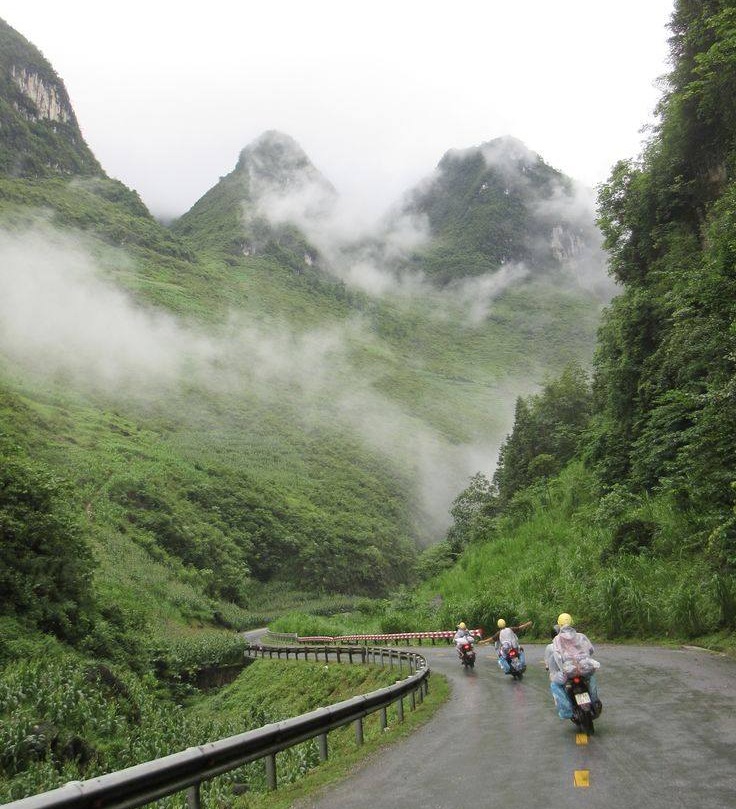
2. Trains – Slow but Scenic (and Comfy)
Vietnam’s railway runs the length of the country — Hanoi in the north to Ho Chi Minh City in the south. It’s not fast, but the views are amazing, especially along the central coast.
Why it’s worth it:
-
Sleeper cabins are comfy for overnight trips
-
You’ll see real Vietnamese countryside, coastline, and life outside the cities
-
Less stressful than a bus — no honking or sudden stops
What to expect:
-
There are soft sleepers (4 beds per cabin) and hard sleepers (6 beds) — go for soft if you can.
-
You share with strangers, but it’s usually chill. Bring headphones, snacks, and water.
-
Toilets onboard aren’t great, but manageable.
-
Trains can run late. Don’t plan tight connections.
Booking tips:
-
Use 12Go Asia — super easy and tourist-friendly
-
Or the official site: dsvn.vn (some English, a bit more tricky)
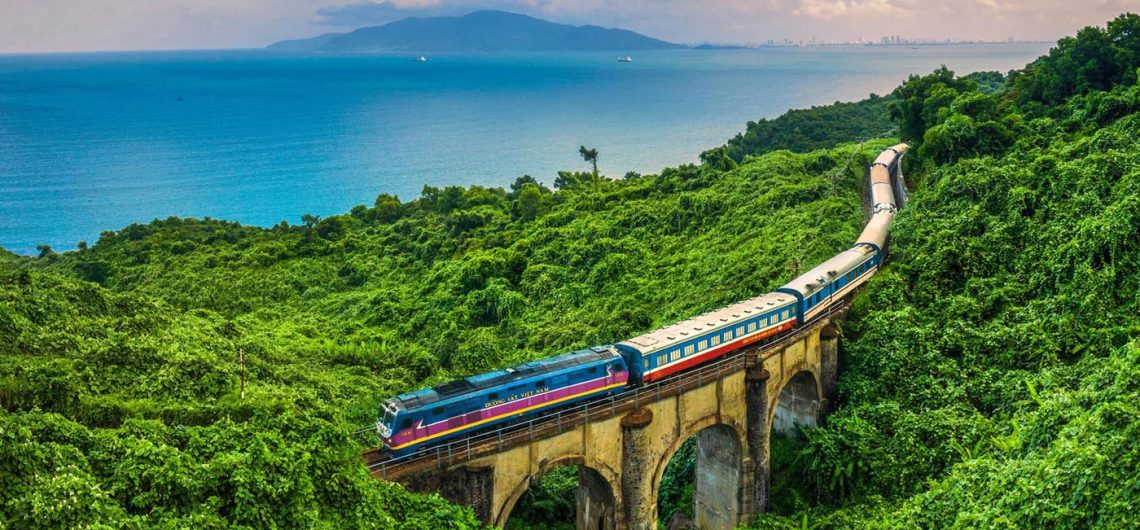
3. Buses – The Budget Way (With Some Surprises)
Vietnam’s bus system is huge. You’ve got local buses, minivans, and the famous sleeper buses — which are kind of like bunk beds on wheels.
The good stuff:
-
Very cheap
-
Buses go almost everywhere — even places trains don’t reach
-
Sleeper buses let you travel overnight and save on accommodation
The not-so-good:
-
Sleeper buses can be cramped if you're tall
-
Some don’t have toilets, so there are random stops
-
Drivers tend to drive fast and honk a lot — bring headphones
Helpful tips:
-
Use trusted companies like Futa Bus, The Sinh Tourist, or Sapa Express
-
Don’t buy tickets random guys outside stations — go inside or book online
-
Bring a light jacket — the AC is usually freezing
-
Don’t expect to arrive on time. Build in some flexibility
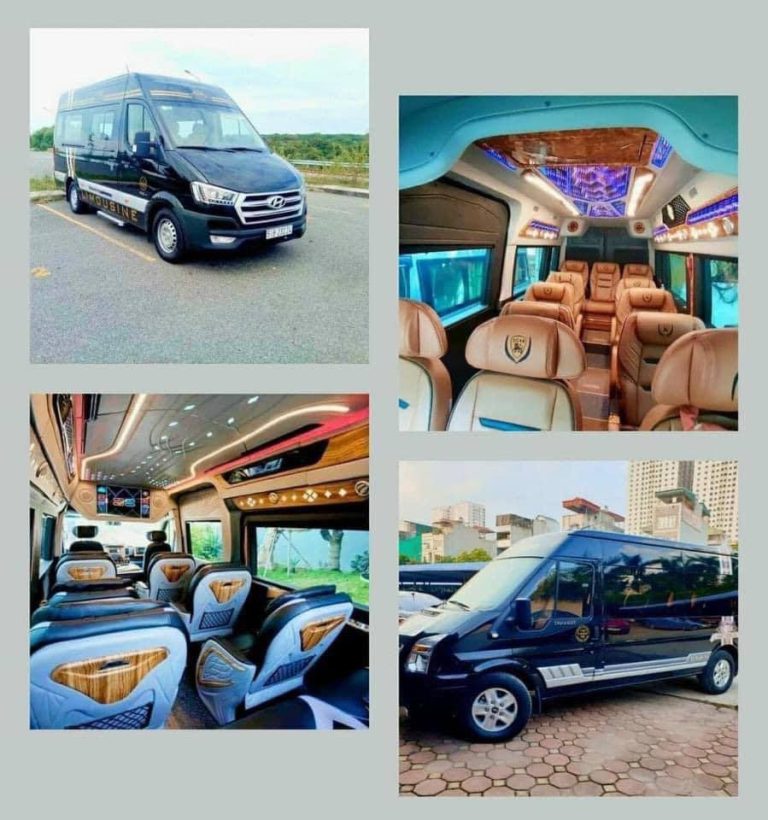
4. Flights – Fast & Affordable (Sometimes)
If you're short on time or just don’t feel like sitting on a train or bus for 15 hours, flying is a great option. Vietnam has tons of domestic flights every day.
Why flying works:
-
You can cross the country in 2 hours instead of 20
-
Great for reaching islands like Phu Quoc or Con Dao
-
Flights are usually pretty cheap if you book early
What to know:
-
VietJet, Bamboo Airways, and Vietnam Airlines are the main domestic airlines
-
VietJet is the cheapest, but they love charging for bags — double-check baggage rules
-
Airports are usually far city centers, so factor in taxi or Grab time
-
Use apps like Skyscanner to find the best deals
Bonus: If you fly into places like Da Nang or Hue, the views the plane can be stunning.
5. Grab & Taxis – For Quick, Easy Rides in Cities
If you're staying in a city and just want to get your hotel to a cafe or a museum, Grab is your best friend. It's like Southeast Asia's version of Uber.
Why people love Grab:
-
Super easy — no language barrier or price negotiation
-
You can pay cash or card
-
You can book cars or GrabBikes (motorbike taxis, cheap and fast)
Taxi tips:
-
If you can’t use Grab, go with Mai Linh or Vinasun — they’re reliable and metered
-
Always make sure the meter is on
-
Show the driver your address in Vietnamese
-
Have small bills — not all drivers have change
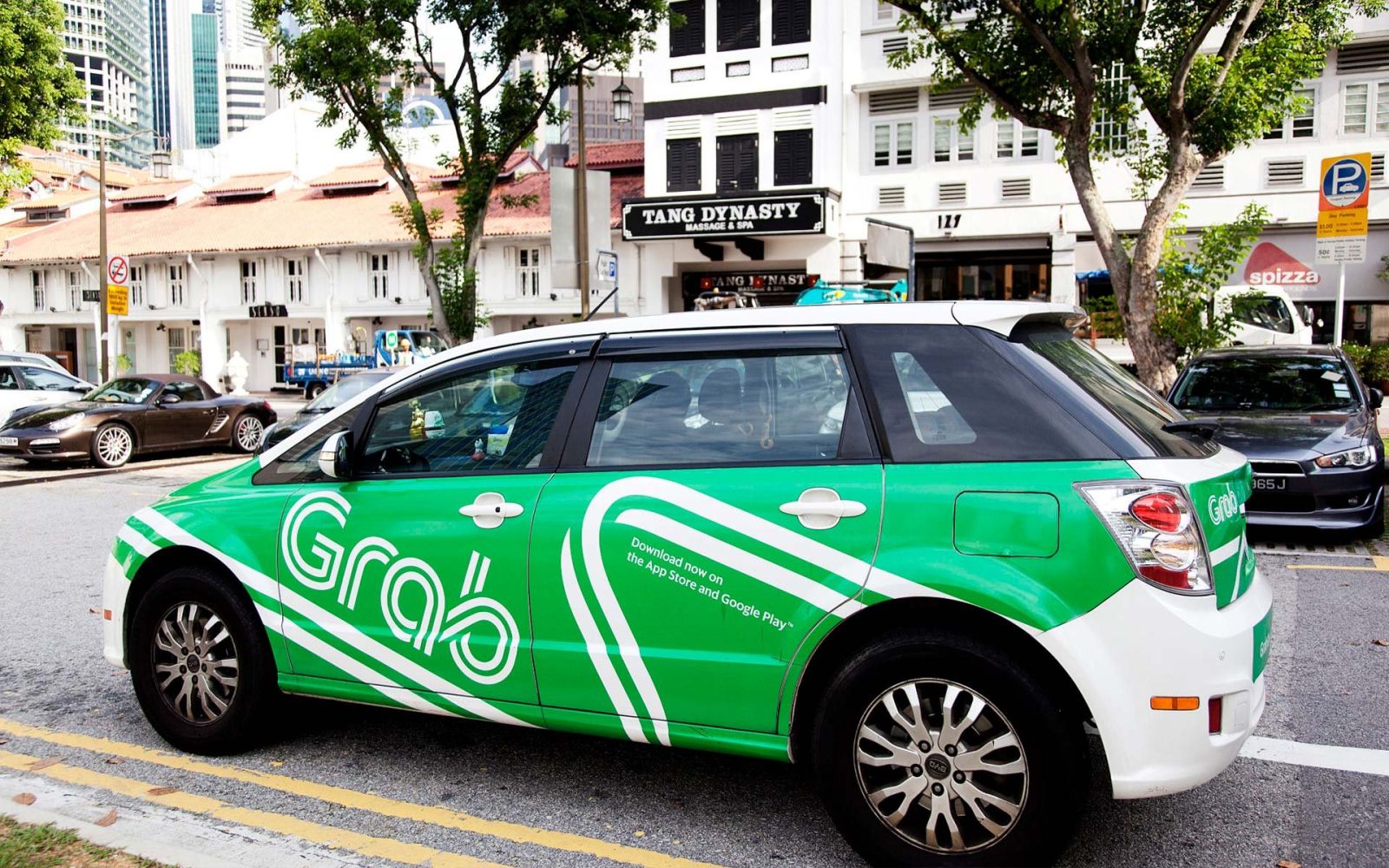
6. Cyclos & Xe Om – Fun for Short Rides
These are more about the experience than convenience.
-
Cyclo = the 3-wheel bicycle with a seat in front — fun for sightseeing in old towns
-
Xe Om = motorbike taxi (literally means “hug driver”) — a local classic
Should you try them?
Sure! Just agree on the price before you hop on. It’s not always cheaper than Grab, but it’s a fun little ride, especially around places like Hanoi’s Old Quarter or Hue’s citadel.
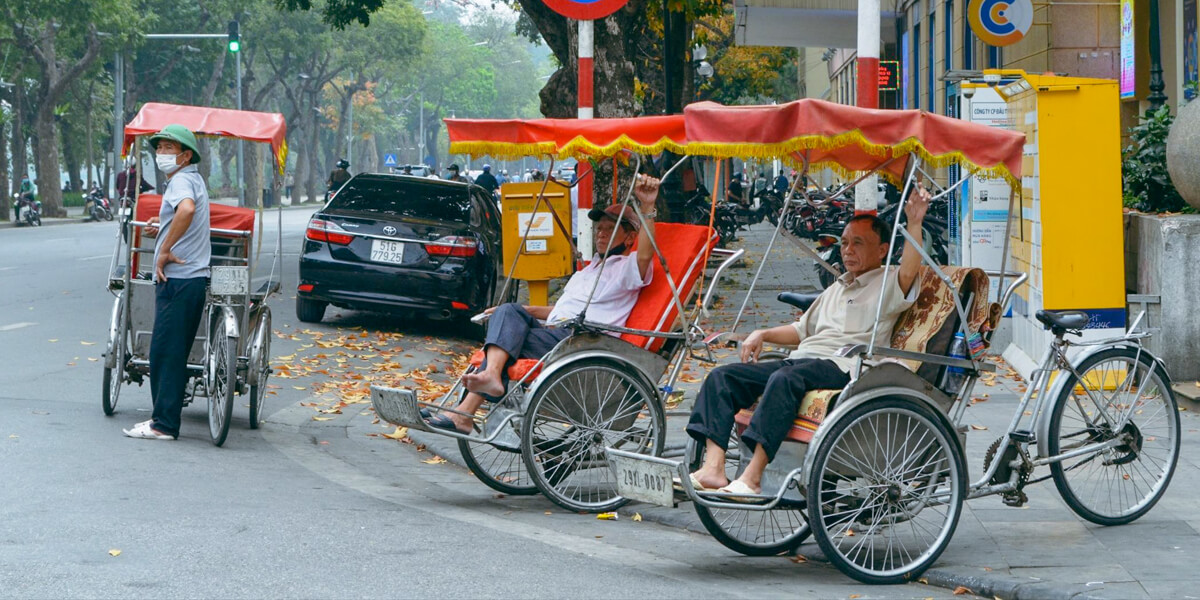
7. Boats & Ferries – When Water’s the Only Way
You’ll probably take a boat at least once if you're visiting Vietnam. Whether it’s a cruise in Ha Long Bay or a ferry to an island, they’re usually safe and scenic.
Where boats are useful:
-
Ha Long Bay: Book a cruise (day trip or overnight)
-
Phu Quoc / Cat Ba / Con Dao: Ferries the mainland
-
Mekong Delta: Boat tours through floating villages
What to know:
-
Check reviews before booking — not all boats are equal
-
Bring sunscreen and motion sickness pills if you’re prone
-
Book in advance during busy seasons (especially around holidays)
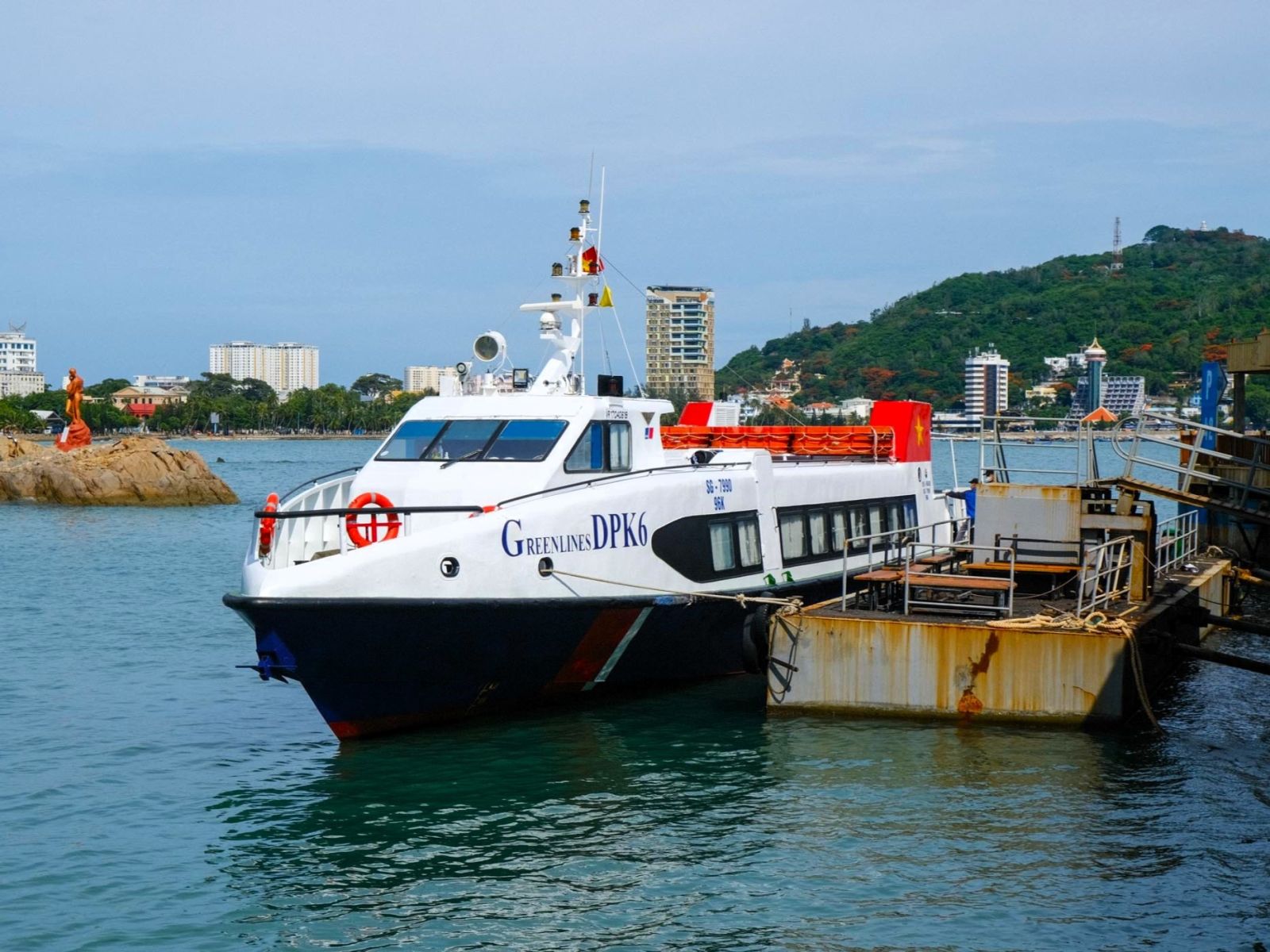
8. Extra Tips for Getting Around Vietnam
-
Weather matters – Roads get slippery in rainy season (May–Oct in the north, Sept–Dec in the south)
-
Have small change – Buses, taxis, and even some cafes won’t have change for big bills
-
Apps to download:
-
Grab (rides)
-
12Go Asia (buses, trains, ferries)
-
Google Maps or Maps.me
-
-
Language barrier? Use Google Translate or have your destination written in Vietnamese
-
Avoid traveling during Tet (Lunar New Year) unless you book everything far in advance — transport sells out fast
Final Thought
Getting around Vietnam is part of the adventure. Some days you’ll be squeezed into a sleeper bus with strangers and a karaoke playlist on loop. Other days you’ll be riding a scooter along an empty road with the sea on one side and mountains on the other. It’s all part of the ride.
Don’t stress too much about choosing the “best” option — go with what feels right for your trip, your budget, and your comfort zone. Either way, you’ll see a lot, meet amazing people, and come home with stories you didn’t plan for.

 English
English  Русский
Русский  中文
中文  العربية
العربية  한국어
한국어  Italiano
Italiano  Français
Français  Bahasa
Bahasa  Español
Español  ไทย
ไทย  Deutsch
Deutsch  Tiếng Việt
Tiếng Việt 

.webp)
.webp)



